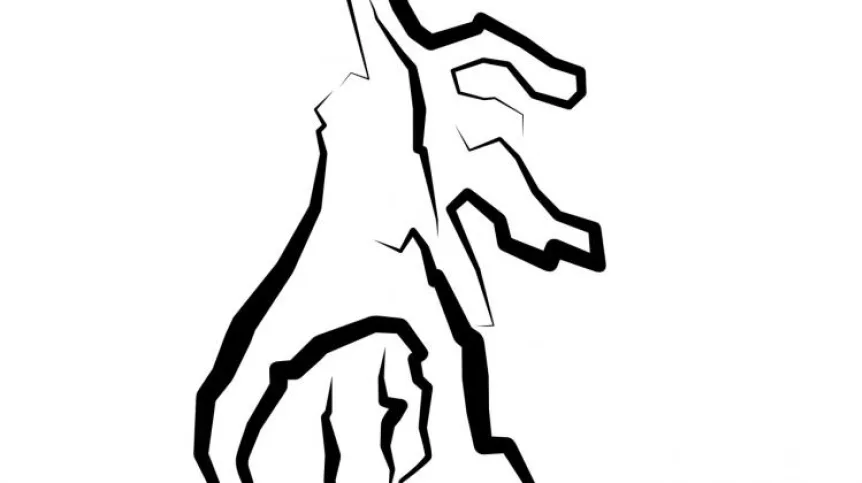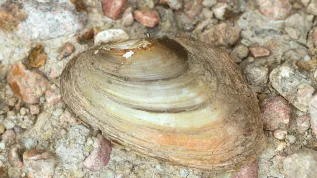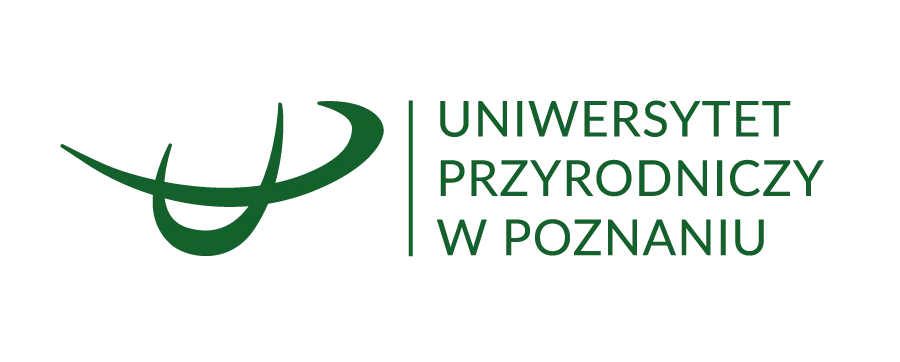
Archosaur that lived 210 million years ago in the lands of today`s Poland, called Smok wawelski (the Wawel dragon), crushed the bones of its prey with its teeth. This is the conclusion from the analysis of the composition of its faeces, researchers inform in the journal Scientific Reports.
Archosaurs are a group of diapsid amniotes, which included dinosaurs, pterosaurs, and its living representatives are crocodiles and birds. A possible member of the group of archosaurs that were the ancestors of dinosaurs was the 5-6 m long reptile that lived 210 million years ago in the area of today`s Silesia. Its fossils were found in Lipie Śląskie. Scientists named it Smok wawelski (the Wawel dragon).
The latest research on Smok focused on its petrified faeces, called coprolites. Based on their analysis, it was possible to determine Smok`s diet, as the faeces contained a lot of bone remains, report scientists from the University of Uppsala (Sweden): Grzegorz Niedźwiedzki, Martin Qvarnstroem and Per E. Ahlberg inform.
According to the researchers, Smok devoured the bones due to the salt and marrow they contained. This behaviour is observed today in mammals.
Unlike Smok, dinosaurs dug their long, flat teeth into the victims` bodies, but they did not crush the bones. The exceptions were large dinosaurs from the tyrannosaur group, such as tyrannosaur rex. But Smok lived long before tyrannosaur rex appeared in North America.
Coprolites were x-rayed using a specialized device called synchrotron. This allowed to take a peek inside them. It turned out that they contained about 50 percent bone remains.
Read more at: https://www.nature.com/articles/s41598-018-37540-4 (PAP)
krx/ agt/ kap/
tr. RL













